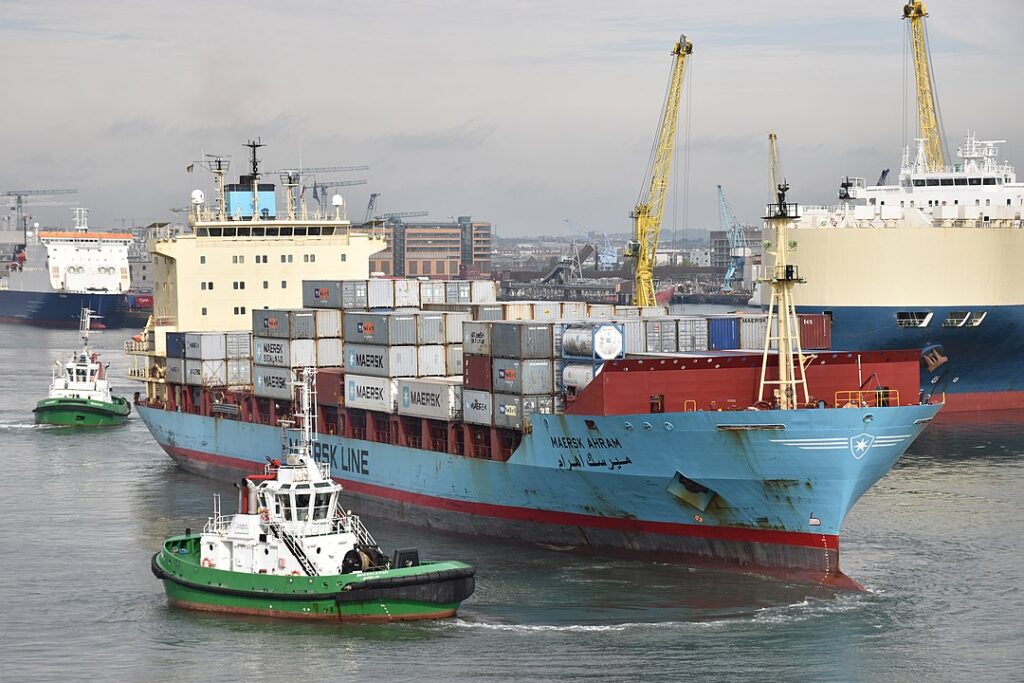David McWilliams has again raised the issue of relocating Dublin port. As someone who promoted that idea strongly in the past, I have a few tips for him. Dublin Port Company is radically opposed to the idea and will campaign very heavily for the port staying where it is (subject to its own agenda of expanding the site by a major port in-fill of Dublin bay facing Clontarf).
When I and a few others (including PD colleague Senator Tom Morrissey) back in 2006 went public with the proposal under the label “A New Heart Of Dublin” we held a conference in Dublin Castle which was a self-funding event. the cost of venue hire and a light lunch being covered by an admission charge. We lined up good speakers from a number of backgrounds and the event was very successful and informative.
To our amazement, we found that a complaint was made about the conference to SIPO suggesting that we were engaging in fundraising for a political purpose without registration. That complaint caused us some degree of annoyance if only because we had to respond to it. And the complaint duly went nowhere. But it was a shot across our bows.
The next thing was an expensive outdoor advertising campaign by Dublin Port Company aimed at gathering public support for the company’s position – the port remaining where it was. After myself and Tom Morrissey lost office in 2007, the relocation idea went cold. The banking crisis and the bursting of the property bubble seemed to remove any need for a major redevelopment of the port area.
The idea of shifting Dublin port’s cargo and freight out of the city centre was one which had succeeded elsewhere – most notably in Helsinki. We were proposing relocation to Bremore, north of Dublin where a state of the art cargo and freight port could be built linked to the national rail and motorway network.
Helsinki shows that such a project is feasible and sensible. There is no need for a modern commercial port to be located in the heart of a city that is trying to re-imagine itself as a liveable “15 minute” pedestrianised modern and sustainable capital. There is no need for commuting citizens to have to spend hours every day on congested roads from homes built at affordable prices 20, 30, or more miles from their workplaces. Even with work from home options for many people, the new heart of Dublin on its eastern side makes ecological sense.
Two interesting letters in response to the David McWilliams article were published here yesterday. One from Harry Crobie suggests that all container traffic should be sent by train from Dublin’s port to an inland distribution centre rather than unloaded and trucked through the city. Harry Crosbie has also suggested major residential development on the Clontarf side of Dublin bay.
The other letter from David McCabe raises the looming issue of global sea level rises and the implication for low-lying areas in Ringsend, Irishtown and Sandymount. Old maps show that much of those areas was reclaimed from the sea in the 19th century. He suggests that a new sea-wall on an arc from Bootersown to Poolbeg be built to off-set the looming risk of inundation. This proposal will not be free of controversy from some residents and environmentalists. But we should not forget that the railway from Merrion Gates to Blackrock created a new coastline and valued natural habitats in its time.
The fact that Dublin Port company is reported to be resisting surrendering any of its lands to the Land Development Agency for home-building makes its own point. Just who decides policy on this matter? Eamon Ryan has ministerial responsibility for transport and environmental policy. What happens to Dublin port really is in part his call – but it is also a whole-of-government matter too.
In the light of the UN report on climate change, he went on RTE’s Morning Ireland to be interviewed. I suppose it was inevitable that the interview then shot down the rabbit hole of the Merriongate affair. But I would like him to be interviewed on what are important longterm issues – such as how Leo Varadkar’s penchant for building data centres squares with the State’s energy policy, how he views the future of Dublin port, whether nuclear energy is or is not on the agenda, and where the southern end of Metrolink should be (given that his own preferences seem to be at odds with those planning that project).
In a year’s time, the public will probably be more concerned at what is happening or not happening in Dublin port and at Merrion Gates than with Merriongate.
Photo credit: By Niels Johannes https://commons.wikimedia.org/w/index.php?curid=108239736

